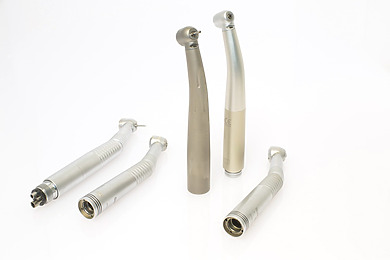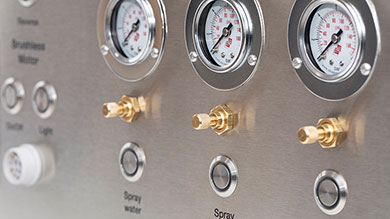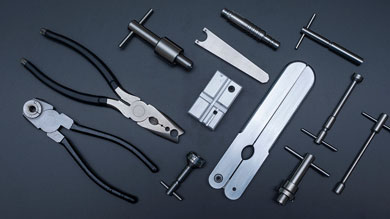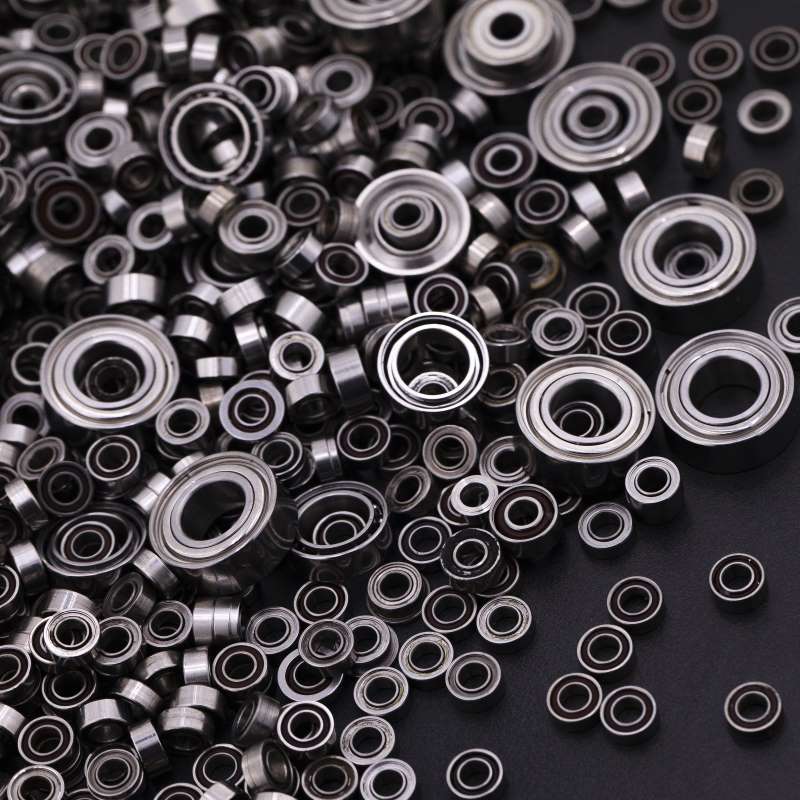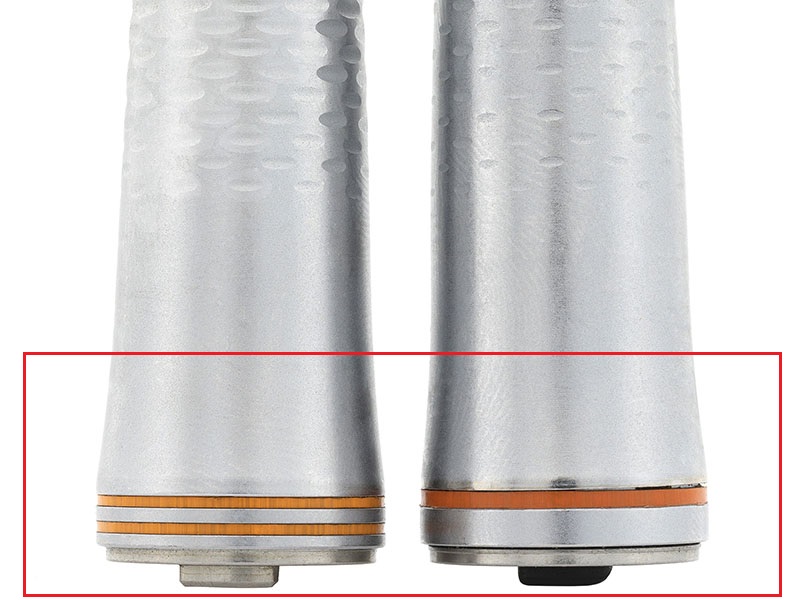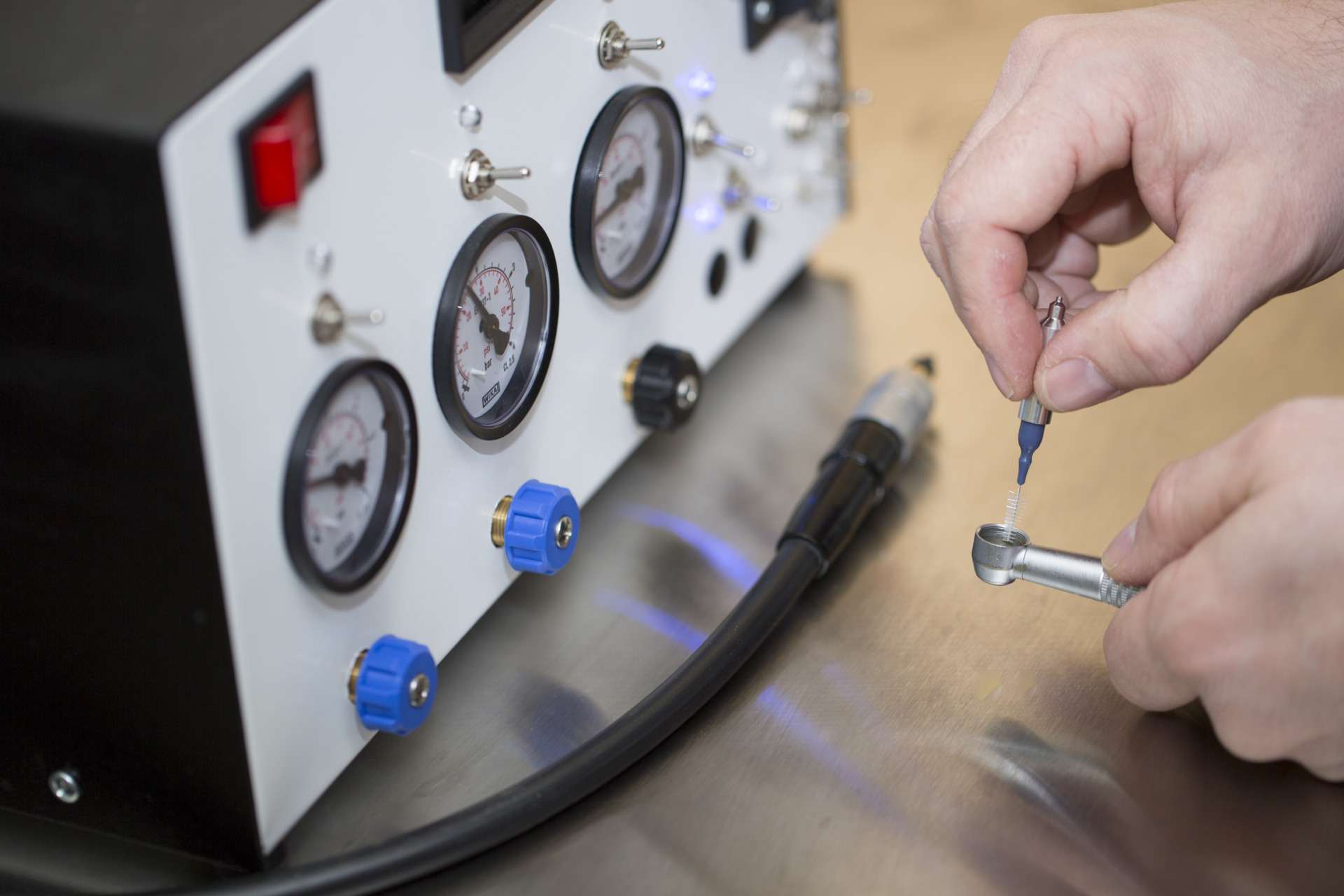Live Order Support
Get instant Live Order support – faster than a speeding bullet, here to save the day!
General Enquiry Form
Your direct line to our team of dental problem-solvers – just ask away and prepare to be amazed.
Warranty Claim
Unleash the power of our Warranty Claim process and let us handle any dental mishaps.
Deliveries & Returns
Experience deliveries so fast it’ll make your head spin, and hassle-free returns.
Frequently Asked Questions
Please note that while we love to sprinkle our delivery methods with a touch of humor, your satisfaction is our top priority. We’ll go above and beyond to ensure that your order arrives safely and on time, all while keeping a smile on your face. Happy delivery adventures!
Reliable and efficient delivery methods to ensure you receive your order promptly and securely. Here are some of the options available:
- UPS Standard Shipping: This option is possible in limited countries, mainly inside Europe, since this is a road transport. Orders are despatched in 3-5 business days within the designated region. We recommend this option for heavy parcels. You will be able to see the shipping charges at the checkout. All orders containing spray bottles will be shipped with this kind of shipping.
- UPS Express Saver Shipping: Need your order faster than a cheetah chasing its prey? This type of shipping goes all around the world delivering goods in 1-3 business days. It is like teleportation, but for dental supplies!
- Slovenian Post: This option is only available in Slovenia and Croatia. The delivery usually takes 1 days in Slovenia and up to 3 days in Croatia, depending on the region.
- Track and Trace: Feel like a secret agent tracking a top-secret mission? With our track and trace feature, you’ll have the power to monitor the whereabouts of your package. Simply enter the provided tracking number and unleash your inner detective as you follow its every move. Mission: Delivery accomplished!
- Signature Confirmation: For an extra dash of security, we offer signature confirmation upon request. It’s like having a bouncer at your doorstep, ensuring that only you can access your dental treasure trove. Your package will be treated like the crown jewels, with utmost care and protection.
- Customer Pickup: Fancy a little adventure outside the dental realm? Choose our customer pickup option and embark on a quest to our designated location. Channel your inner explorer as you journey to claim your dental goodies, feeling like a true hero on a mission.
We understand the importance of flexibility when it comes to payment methods. That’s why we offer a variety of secure options for your convenience. At the checkout, you can choose the payment method that best suits your needs.
We proudly accept:
- Credit Card payments through Stripe. With their advanced encryption and secure payment processing, you can rest easy knowing that your payment information is in safe hands. Just select the Credit Card option at checkout, and you’ll be guided through a seamless payment process.
- If you prefer the ease and convenience of PayPal, we’ve got you covered. Select the PayPal option at checkout, and you’ll be redirected to the PayPal website to complete your transaction securely. PayPal’s robust buyer protection policies provide an additional layer of security, ensuring a smooth and worry-free payment experience.
- For those who prefer traditional methods, we also accept payments via wire transfer. Simply choose the wire transfer option at checkout, and you’ll receive detailed instructions to complete your payment. Our team is always available to assist you throughout the process, should you have any questions or need guidance.
We understand the excitement of receiving your order promptly, and we’re here to speed things up! Once your order is placed, our turbocharged team kicks into high gear, working diligently to process and dispatch it as swiftly as possible.
Typically, orders are processed during the same day or within 24 hours, excluding weekends and holidays. We pride ourselves on our efficiency, striving to have your order ready for shipment at lightning speed.
Once your order is processed, it’s time for the grand departure. Our dedicated shipping partners leap into action, whisking your package away to its destination. The actual transit time will depend on the shipping method you choose during checkout.
For our customers within the EU, we offer the option of 24-hour express delivery, ensuring your dental treasures arrive in record time. For international orders, delivery times may vary depending on the destination and shipping method selected.
At SPIRO dental, we understand the importance of transparency and keeping you informed every step of the way. If, by a stroke of misfortune, an item is temporarily out of stock, fear not! Our dedicated team will promptly notify you, providing an estimated timeframe for when the item will be back in stock and ready to be shipped.
In such cases, you’ll have the option to place the item on backorder, securing your spot in line for when it becomes available. We’ll keep a close eye on the inventory and keep you updated on the progress, ensuring you’re always in the know.
Rest assured, we value your time and strive to minimize any delays. Our commitment is to provide you with accurate information regarding stock availability, estimated delivery dates, and any possible alternatives that may meet your needs.
We believe that communication is key, and we’re here to make your experience as seamless as possible. So, if there’s a bump in the road and an item is momentarily out of reach, we’ve got your back. We’ll navigate the situation together, keeping you informed and ensuring a smooth and hassle-free shopping experience.
